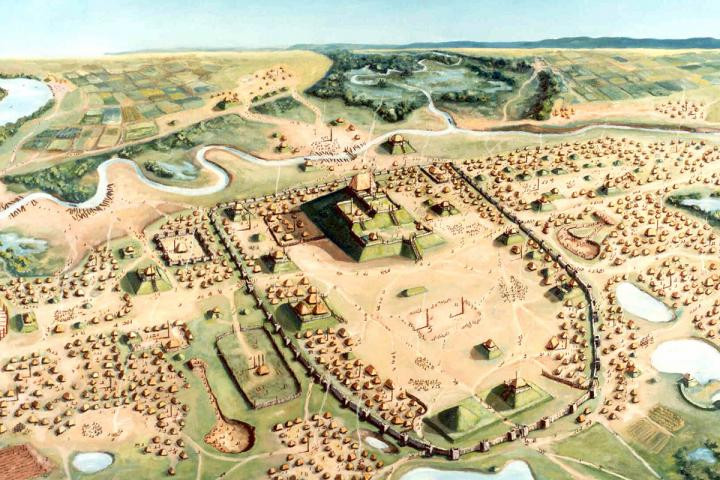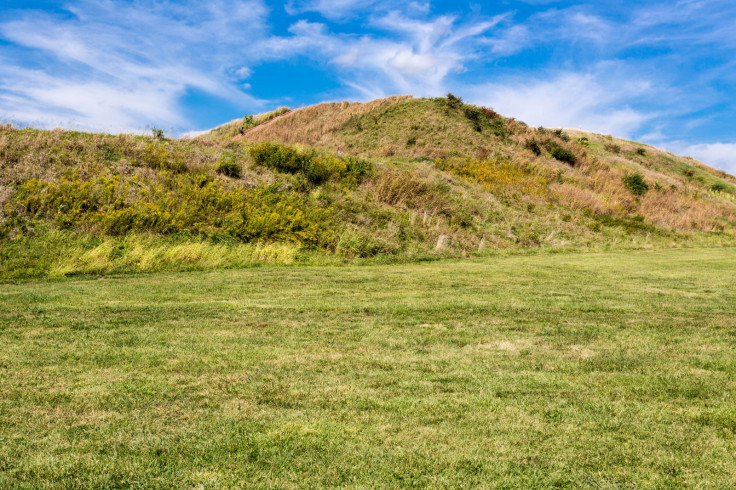Ancient 'Beaded Burial' at Cahokia reveals women's power in native American societies
Women of noble descent were buried beside men in the grandiose mass grave.

Ancient burials in the pre-Columbian city of Cahokia, in Illinois, suggest females could have been powerful figures in Native American communities. Archaeologists have discovered that both men and women of noble descent were put to rest side by side in the same elaborate burial structure.
The ancient city of Cahokia, near present-day Saint Louis, has provided us with many interesting clues about the lives of pre-Columbian civilisations. A key discovery was probably that of a large mass grave in 1967, during the excavations of an unusual ridge-top mound called Mound 75.
Within Mound 75, archaeologists led by Melvin Fowler stumbled upon five mass graves holding the remains of up to 270 bodies.
Erected between 1000 and 1200 AD, it was described for many years as a monument celebrating male power, one where male rulers were laid to rest.
"Mound 72 burials are some of the most significant burials ever excavated in North America from this time period," said Thomas Emerson, who conducted the latest study at the site. "Fowler's and others' interpretation of these mounds became the model in terms of understanding status and gender roles and symbolism among Native American groups."
Elite women inside the grave
The recent study, published in the journal American Antiquity, reveals previous interpretations were inaccurate – in particular regarding a grave known as the 'beaded burial'. This burial takes its name from the 20,000 marine-shell disc beads which had been disposed around the bodies.
Fowler and his team had hypothesised that the beaded burial was that of two high-status males surrounded by their servants. They interpreted the arrangement of beads by the bodies as shapes of a bird – a symbol associated with great warriors in some Native American legends. This suggests the two elite individuals in the tomb would have been powerful mythical warrior chiefs.
However, the researchers have now conducted an independent skeletal analysis, which reveals that females were also present inside the tomb. The two central bodies in the beaded burial were in fact that of a male and a female. Other male-female pairs laying close-by were also identified, as well as the remains of a child.

"The fact that these high-status burials included women changes the meaning of the beaded burial feature," Emerson explained. "Now we realise we don't have a system in which males are these dominant figures and females are playing bit parts. And so, what we have at Cahokia is very much a nobility. It's not a male nobility. It's males and females, and their relationships are very important."
This find is actually more coherent with other cultural evidence recovered at the site. Symbolism present in the structures and on the artefacts is about the renewal of life, fertility, agriculture. Many of the stone figurines found there depict female features – suggesting women held an important spiritual and potentially political role.
The new interpretations of the beaded burial are therefore more consistent with these other discoveries and knowledge of ancient pre-Colombian cultures in the area.
© Copyright IBTimes 2025. All rights reserved.






















